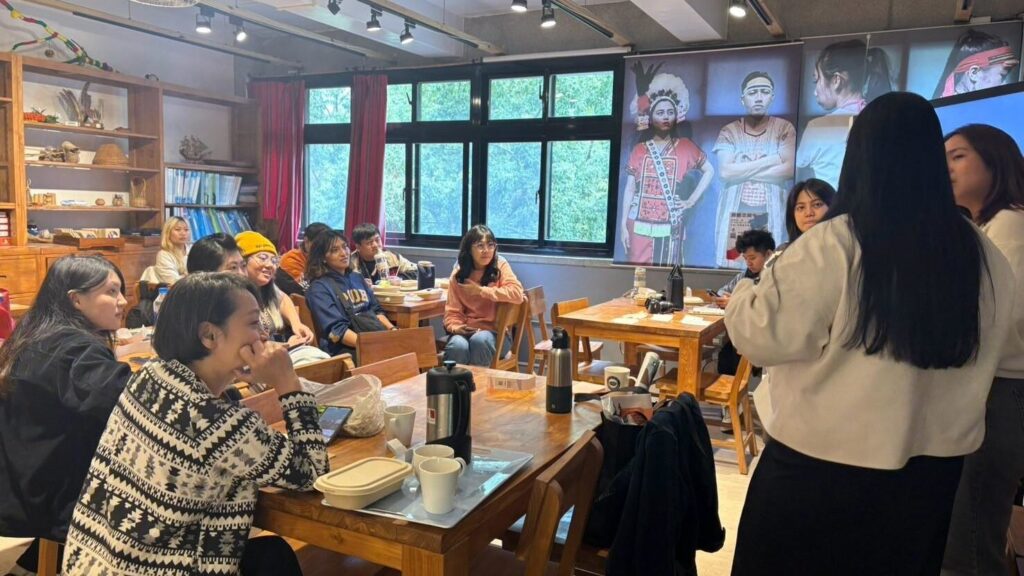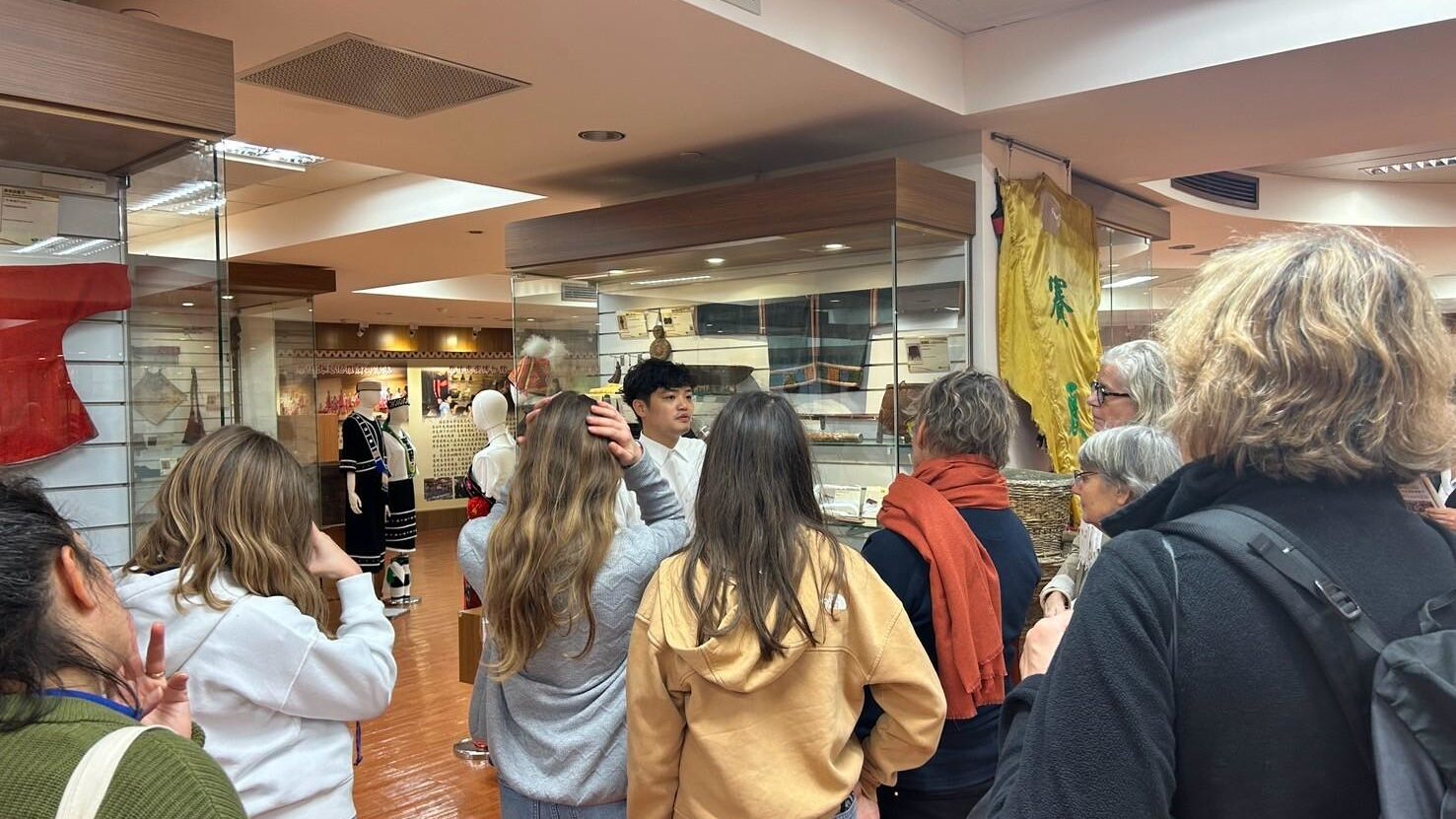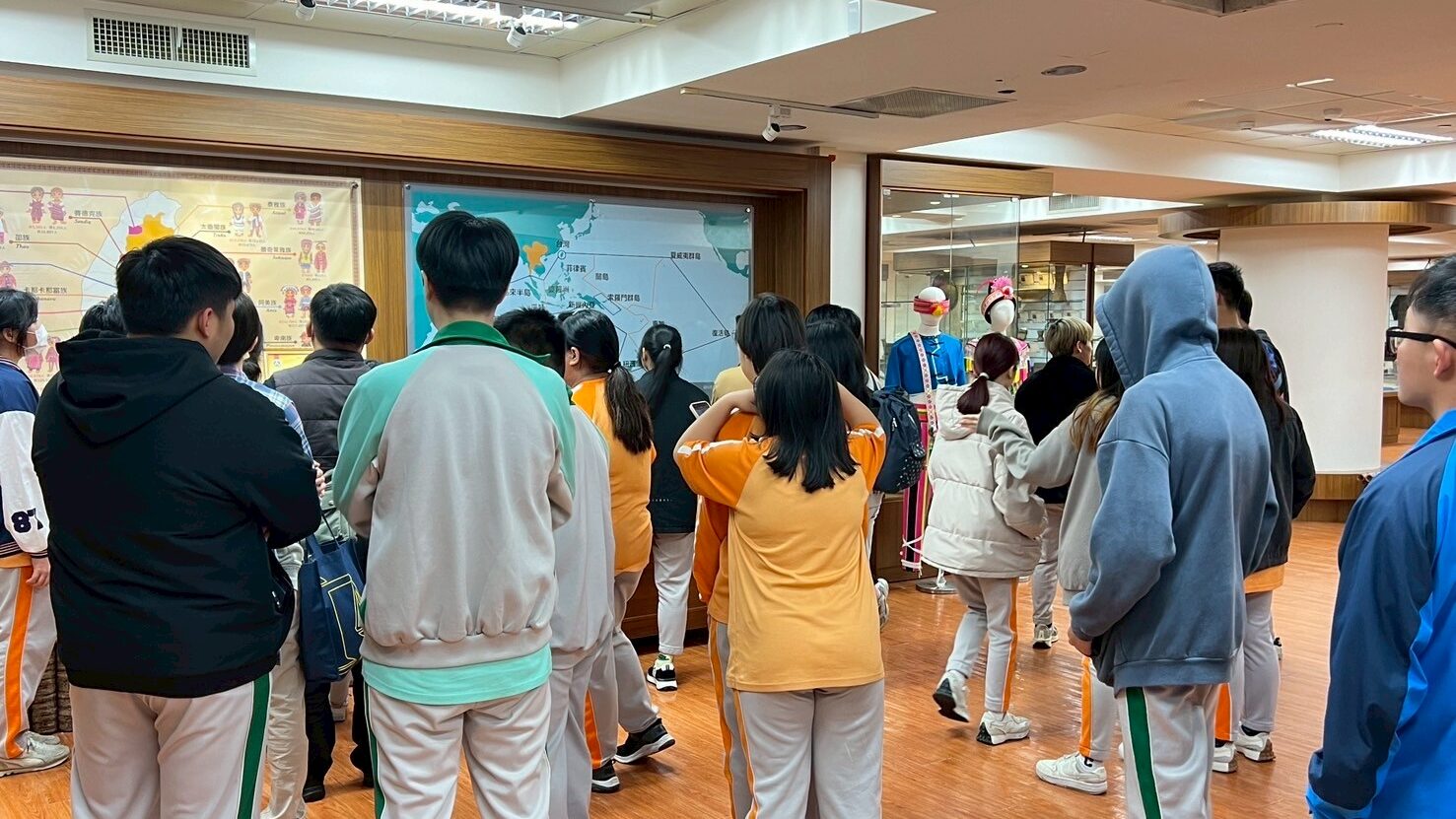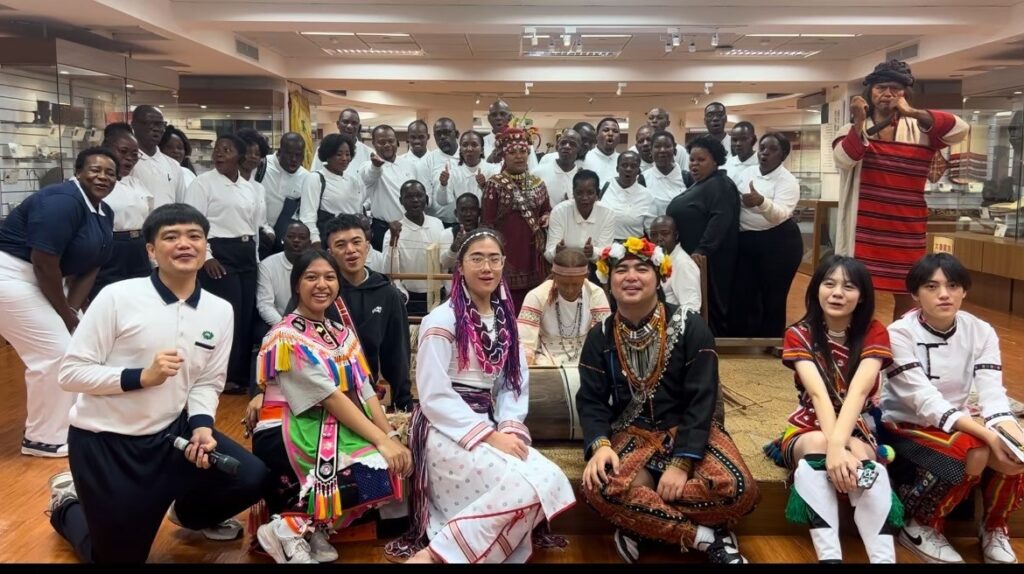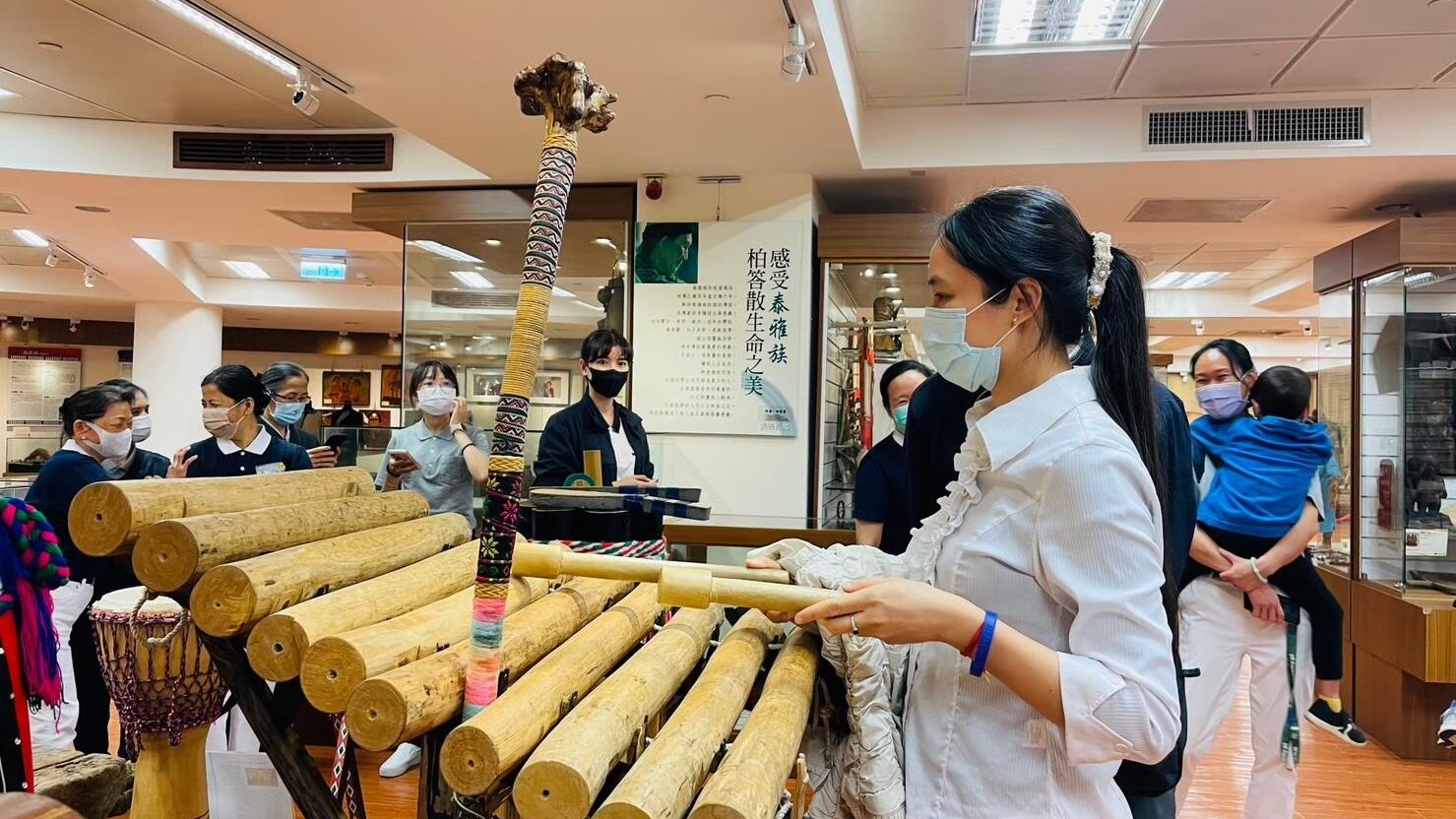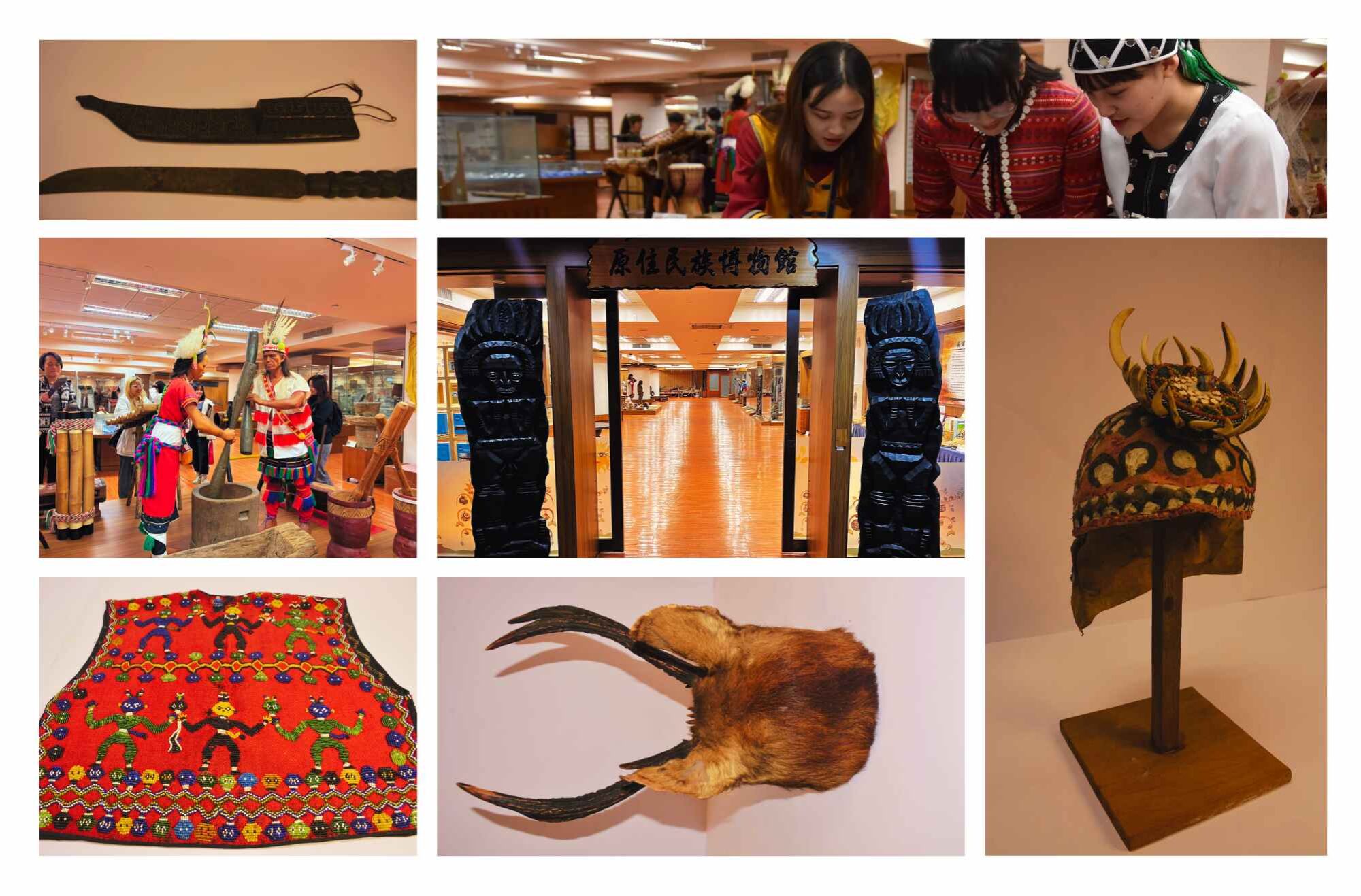
自創校以來,本校致力於原住民文化的保存與傳承,從86年起開始蒐羅原住民文物,並於88年在教育部支持下設立『原住民族博物館』。創館理念是希望學生感受到學校對原住民族教育的重視,並藉此平台讓原住民學生認識自己族群的文化,並自信地分享自己的故事。隨著規模於103年擴大,博物館長期收藏與展示原住民文物,提供學生學習族群文化的機會,並鼓勵他們成為導覽志工,促進文化交流與傳承。博物館不僅保存文物,更幫助原住民學生認識根源、建立自信,激勵他們不忘本、積極傳承文化。
Since its founding, Tzu Chi University has been deeply committed to the preservation and transmission of Indigenous cultures. In 1997, the university began collecting artifacts related to Taiwan’s Indigenous peoples, and in 1999, with the support of the Ministry of Education, established the Indigenous Peoples Museum.
The museum was founded with the vision of fostering awareness and respect for Indigenous education. It aims to provide a platform for Indigenous students to reconnect with their cultural roots and to confidently share their own stories. As the museum expanded in 2014, it strengthened its role in preserving and exhibiting Indigenous artifacts, offering students hands-on opportunities to engage with their heritage. The museum also encourages students to participate as volunteer docents, promoting cultural exchange and intergenerational transmission.
More than just a place of preservation, the museum serves as a space where Indigenous students can rediscover their identity, build confidence, and be inspired to honor and carry forward their traditions.

原住民博物館目前蒐藏16族器皿、衣飾、漁獵、祭祀、樂器、家具等數百件文物,並製作布農、泰雅、阿美、排灣、魯凱等族蠟像再現當時生活情況,也藉此營造族群互動的學習情境。此外,本校並於圖書館規劃成立的原住民文獻特藏區,收藏原住民各類鄉土文化教育典籍及其它影音、視聽出版品三千餘件,戮力收集相關文獻資料,作為師生教學研究參考。
Today, the Indigenous Peoples Museum houses hundreds of artifacts representing 16 Indigenous groups, including tools, clothing, hunting and fishing equipment, ritual objects, musical instruments, and household items. Life-size wax figures of the Bunun, Atayal, Amis, Paiwan, and Rukai peoples vividly depict traditional daily life, creating immersive, interactive learning environments.
In addition, Tzu Chi University has established a dedicated Indigenous Special Collections Section within the university library. This archive contains more than 3,000 items, including books, multimedia materials, and publications focused on Indigenous education and local culture. It serves as a valuable resource for teaching, research, and the continued exploration of Taiwan’s rich Indigenous heritage.

